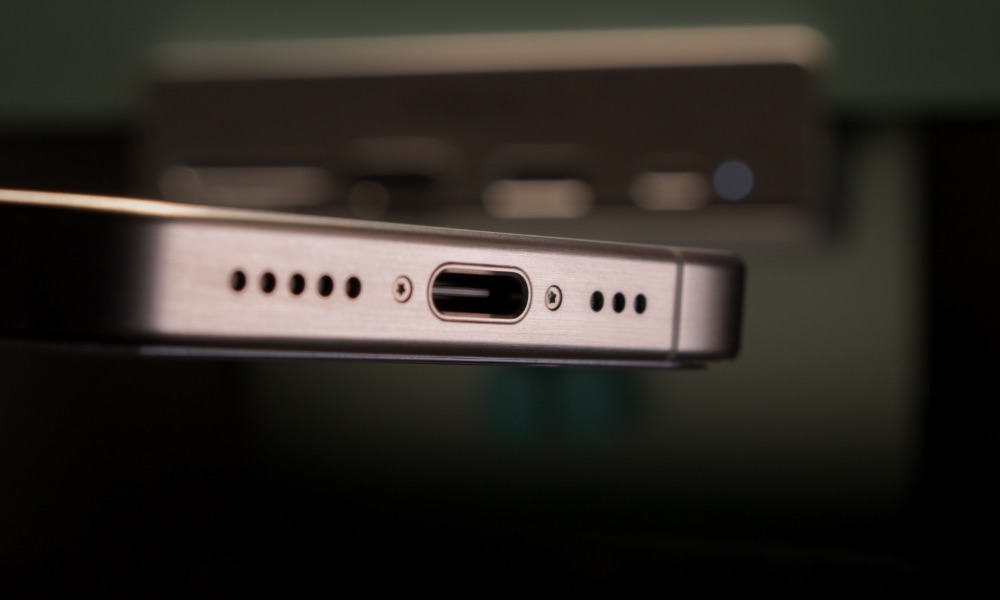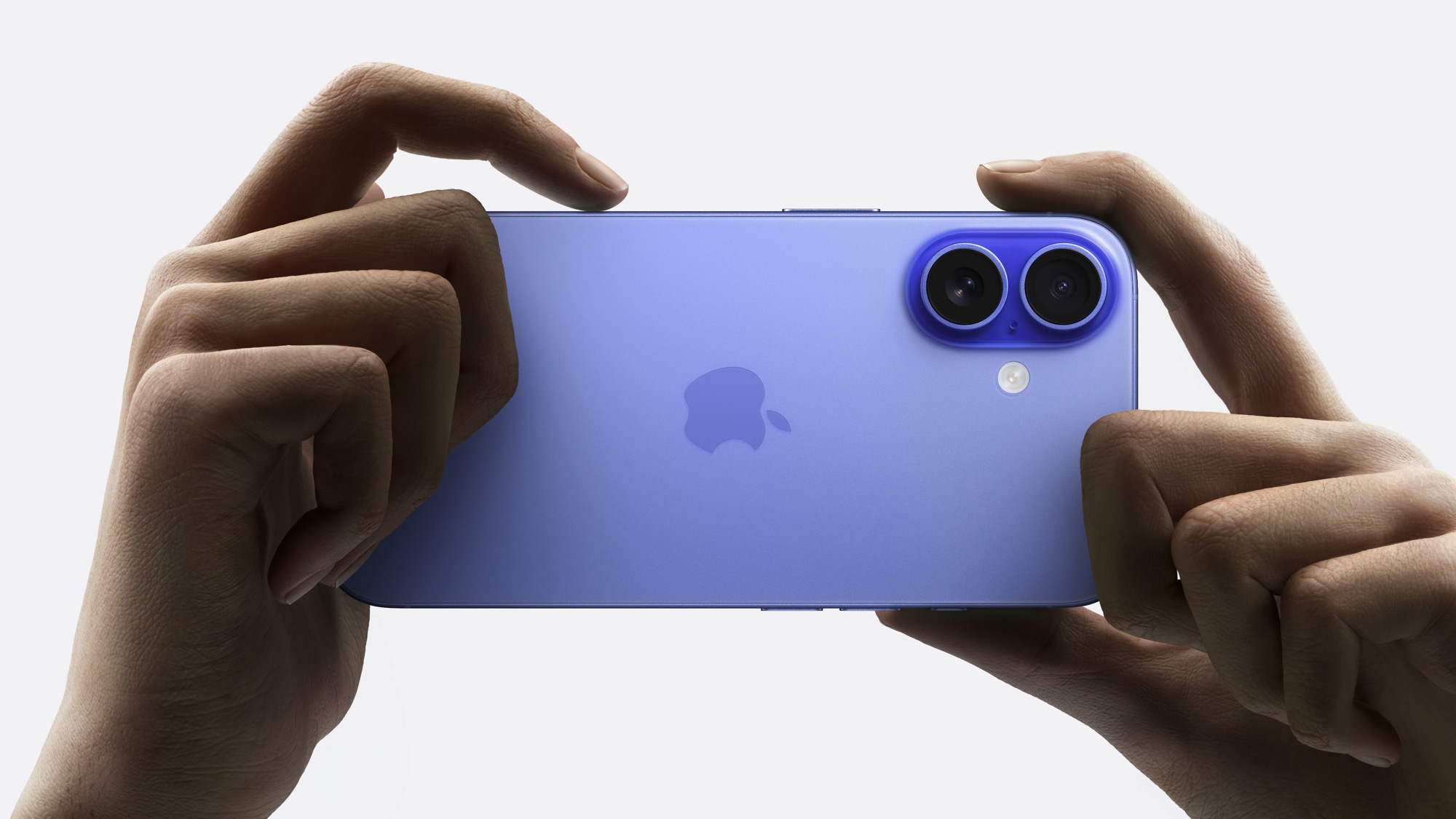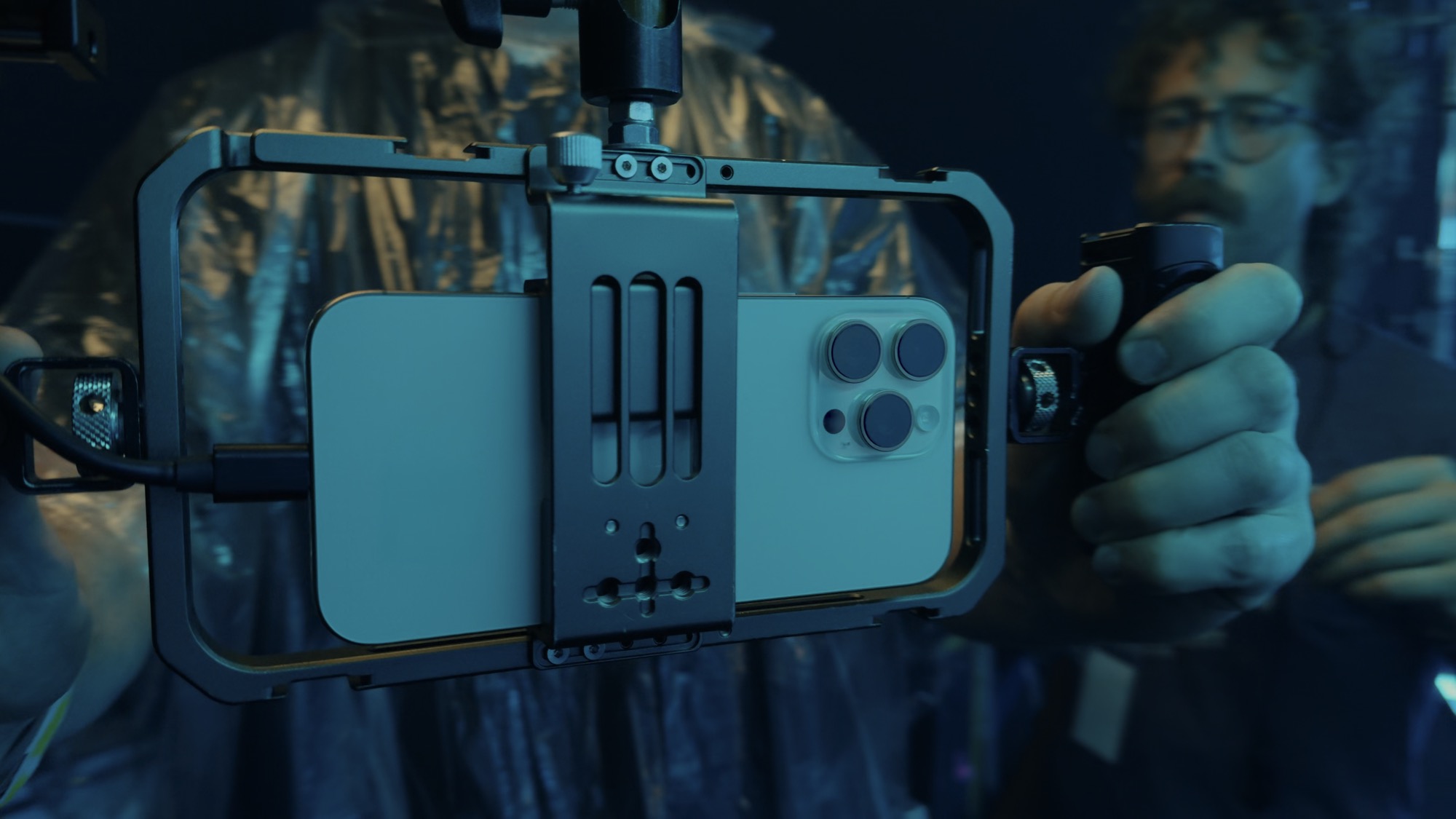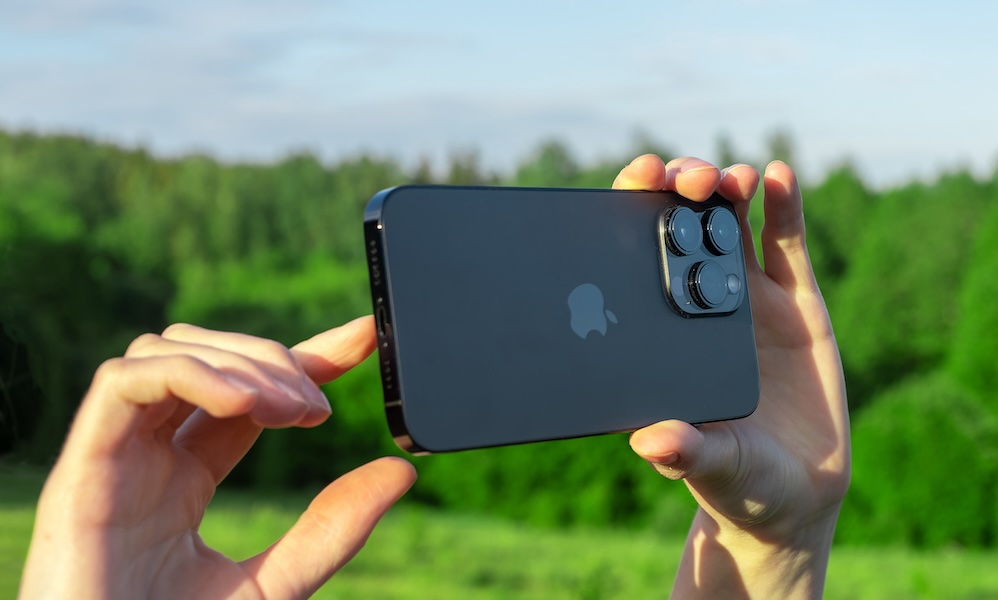Faster USB Speeds Remain a Pro Feature in the iPhone 16 Lineup

Apple didn’t have much to say about the USB-C ports on this year’s iPhone 16 models. That’s not surprising since that’s last year’s news, and there’s no need to point out something that’s now the established norm. However, that’s also likely because not much has changed since the iPhone 15 lineup switched to USB-C in the first place.
Even though the iPhone 16 has a few features formerly exclusive to Apple’s Pro models, such as macro photography and Dolby Vision video recording, faster USB-C transfer speeds aren’t on the list.
Like last year, the iPhone 16 and iPhone 16 Plus will only support USB 2.0 speeds, while the iPhone 16 Pro and iPhone 16 Pro Max continue to offer USB 3 for what Apple calls “up to 20X faster transfers.” In raw numbers, that’s 480 Mbps versus 10 Gbps. The Lightning port on older iPhones also only supported USB 2.0 speeds.

While most people won’t notice the difference, it’s an important distinction if you regularly transfer large amounts of data directly from your iPhone to your Mac or PC, such as offloading photos and videos for local storage. That alone might entice you to pay extra for the iPhone 16 Pro, despite the iPhone 16 otherwise being a pretty solid choice this year.
However, we don’t think that’s why Apple opted to go with USB 3 to the iPhone 16 Pro and iPhone 16 Pro Max. It’s not about holding the iPhone 16 back so much as allowing the iPhone 16 Pro to be used for more professional creative purposes.
During its recent iPhone events, Apple has spent a lot of time showing off how bonafide cinematographers use its Pro models. It also repeatedly adds features to those models that we mere mortals barely even know about, such as Log video recording and support for the Academy Color Encoding System (ACES). These are aimed squarely at folks who make a living from producing professional content, and this year, Apple showed off exactly how well that works by highlighting a music video for The Wkend that was shot on an iPhone 16 Pro.

Key to this kind of work is storing large quantities of high-quality video footage. The iPhone 16 Pro can now shoot in 4K Dolby Vision ProRes at up to 120 frames per second (fps). This creates massive files — a single minute of video can take 20 GB of storage, meaning an hour of footage will easily exceed the largest-capacity 1 TB iPhone Pro model.
Shooting at those quality levels can’t even be done using internal storage. That’s not because Apple is concerned about filling up an iPhone 16 Pro — that should be the user’s choice, after all, especially among professionals. Instead, there’s a good chance the NAND flash memory in the iPhone isn’t fast enough to handle it.
Instead, recording video at 4K/60fps or higher requires an external storage device connected to the USB-C port. That storage device has to be fast enough, like a high-quality SSD, but if you need to do this, you know what kind of hardware is required.

By comparison, the iPhone 16 models don’t support ProRes video recording. A minute of high-quality 4K/60fps HEVC video typically consumes around 700 MB of storage. That’s less than a tenth of the same quality shot in ProRes.
While USB 3 transfer speeds are a nice bonus for folks who want to transfer photos and videos directly to their computers, they don’t matter if you’re using iCloud Photos or another cloud storage service like Google Photos. Based on the research we’ve seen, that’s what most people are doing, and Apple likely recognizes this.
USB 3 also requires a special cable that can support faster transfer speeds. Apple didn’t supply one in the box with last year’s iPhone 15 Pro, and it’s unlikely to do so this year. The fine print for the iPhone 16 Pro specs indicate that a “USB 3 cable with 10Gb/s speed” is required, suggesting customers will need to supply their own. That’s fair, as USB 2.0 is likely enough for most people, especially those who never plug their iPhone into their computer.







